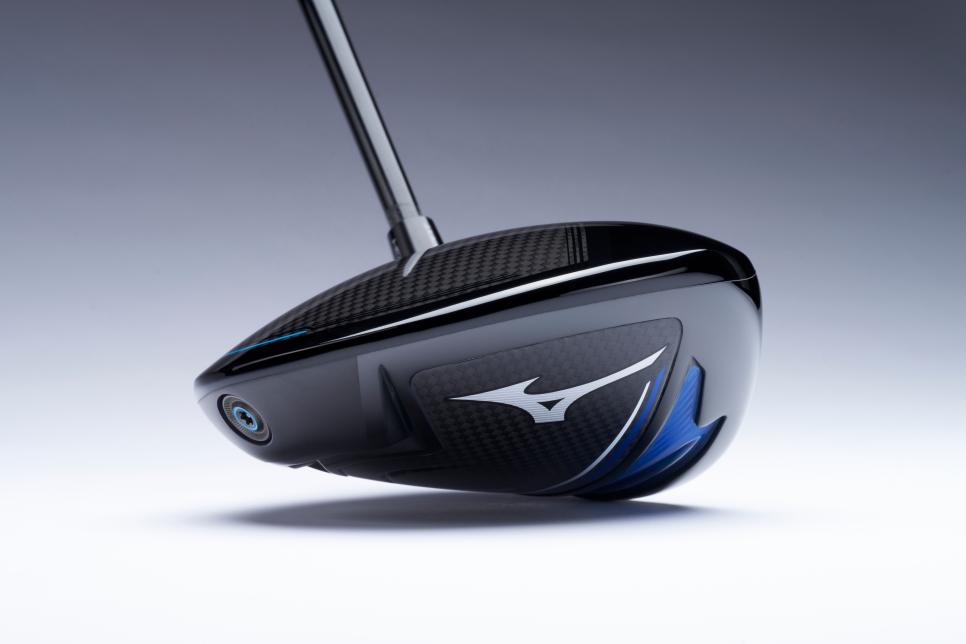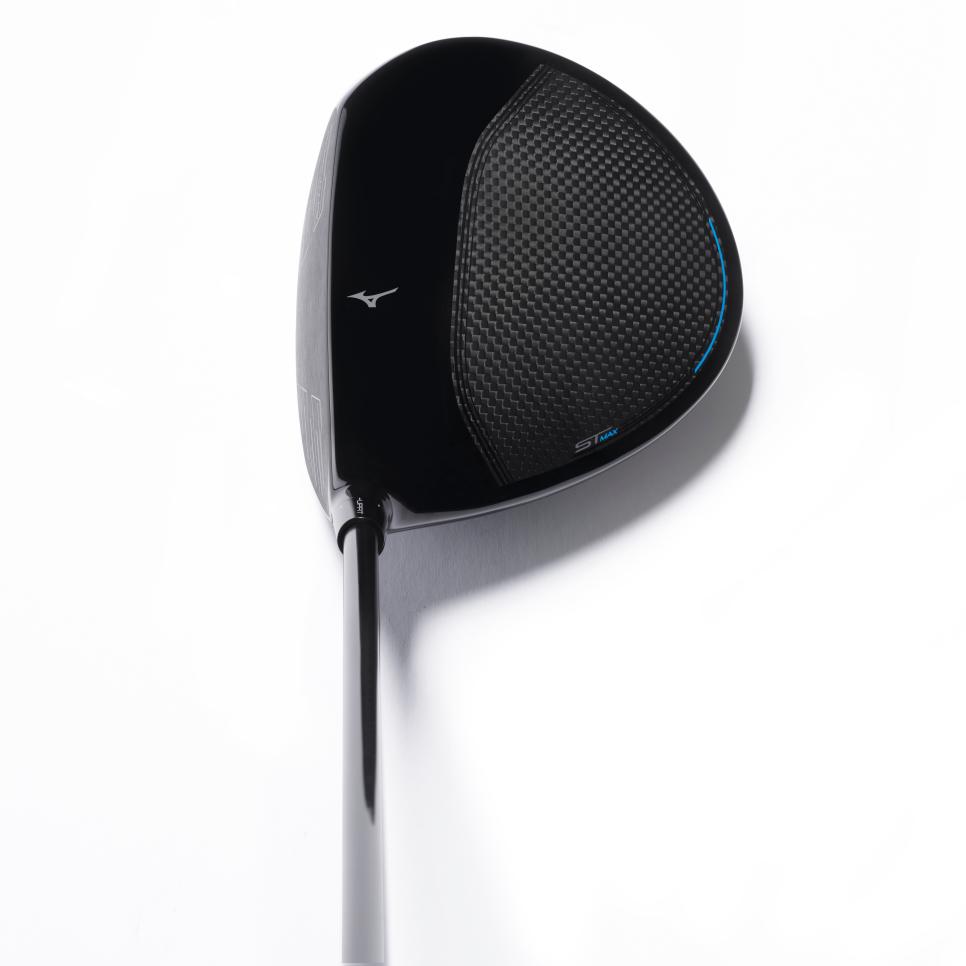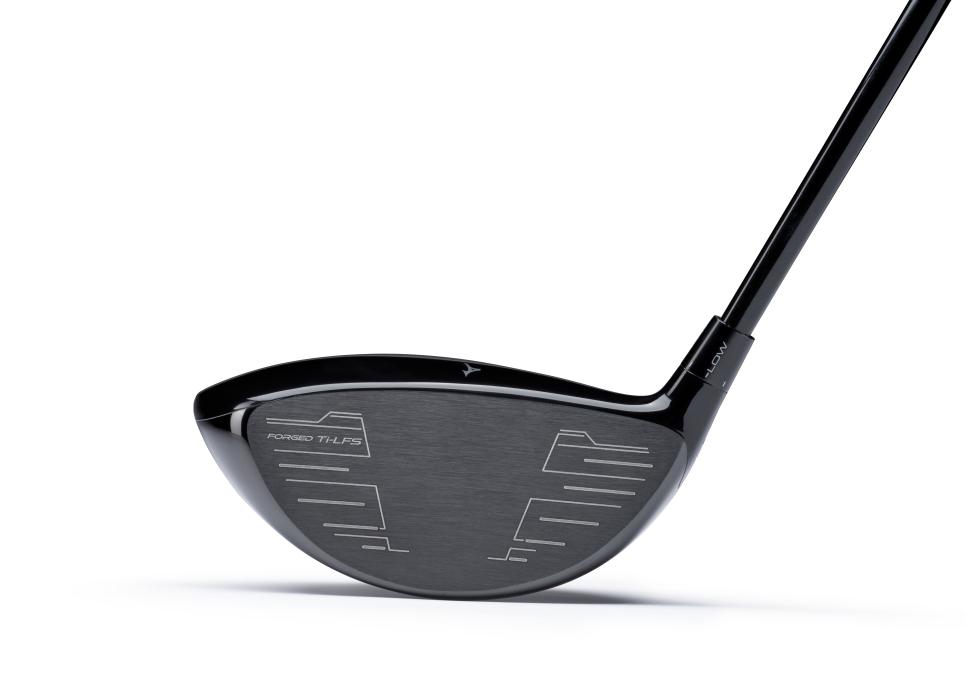WHAT YOU NEED TO KNOW: The Mizuno ST-Max 230 line-up of driver, fairway woods and hybrids makes the commitment to the largest footprints in company history in their respective categories. Of course, with that size also comes a commitment to forgiveness with a deep centre of gravity and a high moment of inertia (stability on off-centre hits). The extreme sizes come about with the use of lightweight crowns and other shaping changes designed to keep the CG also low for easier launch.

OPTIONS & PRICE: Driver: 9.5, 10.5, 12 degrees (with eight-way adjustable hosel); fairway woods: 15, 18, 21 degrees (with eight-way adjustable hosel); hybrids: 19, 22, 25, 28 degrees (with eight-way adjustable hosel). Stay tuned for Australian and New Zealand pricing.
3 COOL THINGS
1. Making bigger better. Like tennis racquets in the 1970s, the idea of simply making clubs bigger is driven by the idea that bigger means more forgiving, or in other words, more stable on off-centre hits for better distance potential on mis-hits. Fair enough. But making drivers, fairway woods and hybrids larger, like this latest Mizuno ST-Max 230 line-up, required a whole lot of not simple changes in shape and materials and construction.

First, making a driver or fairway wood bigger while just using the same titanium or steel throughout the body would make them too heavy. And making a hybrid bigger without stretching the limits of how thin you could make steel would have caused the same difficulties. So the ST-Max 230 driver and fairway wood cover a broader area of the body and sole in lightweight carbon composite, compared to the standard ST-Z options. The sole section on the ST-Max 230 driver is 40 percent larger than the ST-Z 230, and that left room for a 55 percent heavier back weight. On the fairway woods, the carbon composite crown even wraps over the edge of the toe for more weight savings.

Second, since the goal was forgiveness and the idea behind that forgiveness was to stretch the front to back measurement, that led to slightly lowering the face height to help keep the volume of these heads either within the rules for drivers or within a reasonable size for fairway woods and hybrids. A slightly flatter crown also facilitates this much larger overall footprint throughout the line.
Meanwhile, the ST-Max 230 hybrid employs a lighter, thinner crown with a waffle thickness pattern inside to save mass that allows the overall shape to get larger. It also reduces mass at the top of the club to keep the CG lower for better launch.

Those combined efforts pushed the forgiveness of the ST-Max 230 woods to new levels. Mizuno uses a metric it calls “sweet area”, which essentially is a gauge of the stability of these heads from heel to toe and crown to sole. The ST-Max 230 driver features a sweet area that’s more than 20 percent larger than the ST-Z 230. The sweet areas on the fairway woods and hybrids is also larger than those of the ST-Z models.

Of course, ensuring all of that forgiveness is the fact that they are still bigger than any previous models. The driver’s front-to-back and heel-to-toe measurements barely fit within the five-by-five-inch box required under the rules and is bigger than both the ST-Z 230 and ST-X 230 in both directions. Meanwhile, the ST-Max 230 3-wood has a volume of 178 cubic centimetres and even the 7-wood head is wider heel-to-toe than the ST-Z 230 3-wood head. The same is true on the ST-Max 230 hybrids, where even the 28-degree 6-hybrid is wider heel-to-toe than the ST-Z 230 3-hybrid.
2. Power centre. Of course, the dirty secret about MOI is that you can have a very high MOI but still not have the ball travel as far. The face needs to be built for better speed, too, and Mizuno’s ball speed-enhancing efforts with the ST-Max 230 drivers, fairway woods and hybrids traverse two paths: materials and construction.

First, here’s what’s not immediately obvious. The driver uses a stronger, thinner, more flexible titanium alloy than the previous SAT2041 in the ST-Z and ST-X drivers. The Ti-LFS alloy is less dense than SAT2041 yet has a higher tensile strength. (Tensile strength is a measurement of the maximums stress that a metal can resist before cracking.) The new alloy allows the face also to incorporate a new variable thickness pattern that is thinner in the heel and toe regions to stretch the area of the face that produces the highest ball speeds. The fairway woods also feature an enhanced variable thickness design on the high-strength maraging steel face insert for better all over flexing.
Second, these woods all use a larger slot in the sole that stretches from the extreme toe all the way into the adjustable hosel port at the extreme heel. Known as the “CORtech Chamber” and introduced a year ago, the widened slot still contains a five-gram steel weight encased in the polymer filling. The filling allows the face to give more at impact while the weight further lowers the CG for decreased spin and higher launch. Also, by widening the channel from heel to toe, it brings the cut-through area of the slot more in line with face centre for better flexing in the highest ball-speed area.

3. Glide pattern. One natural deterrent to making fairway woods and hybrids bigger is how that can make them harder to hit off the ground. Mizuno’s also attacked this issue two ways. First, with extra mass placed down low, relative to the rest of the body, the lower CG should aid higher launch. Second, a bevel on the leading edge of the channel in the sole on both the fairway woods and hybrids is designed to smooth the way that larger opening glides through the turf by reducing the surface area on the sole that contacts the ground.




